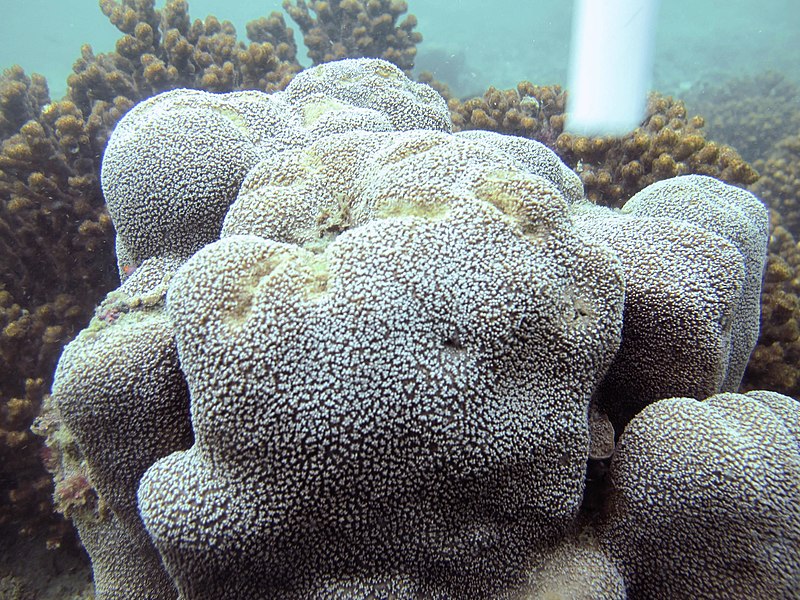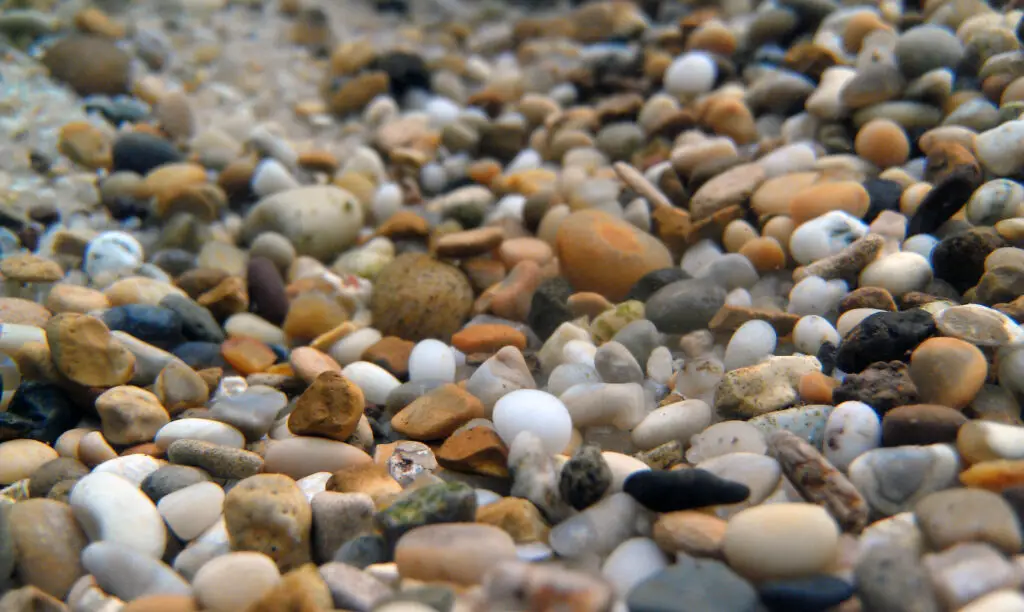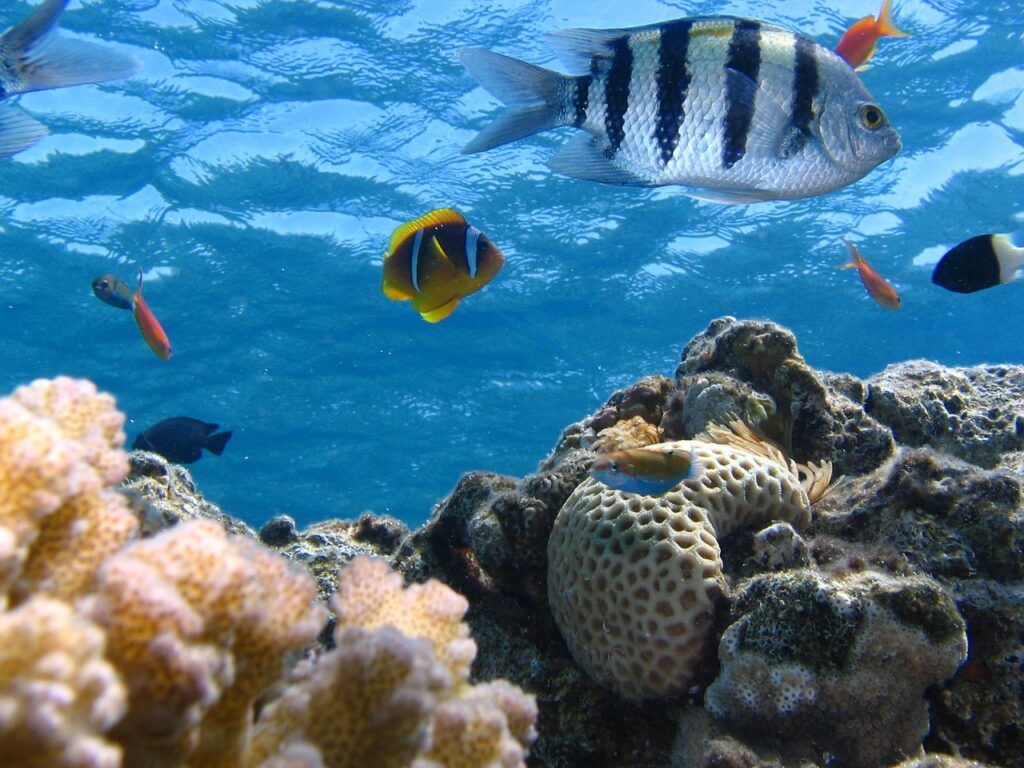It’s always a little bit surprising to find something in your aquarium that you didn’t put there specifically.
Unlike in the natural world, everything in your underwater kingdom of the aquarium was designed and (at least on the surface, anyway) put there by you intentionally.
Of course, Mother Nature always finds a way and more often than not aquarium owners are a little bit startled – and generally pleasantly surprised – to discover that new forms of life begin to bubble up inside their aquarium.
This is the situation a lot of folks find themselves in when they start to discover Q-tip sponges popping up left and right.
Incredibly common in saltwater aquariums (and found naturally all over saltwater coral reefs across the globe), these sponges – an incredible form of life – are super resilient.
Once they pop up they can be very difficult to get rid of. But should you be trying to get rid of them in the first place?
Let’s find out!
Why Do I Have an Explosion of Q-Tip Sponges in My Tank?
As a general rule of thumb, the reason that you are starting to see Q-tip sponges pop up all over your tank is because you have perfectly dialed in your water conditions.
Yes, you are reading that correctly!
The main reason that Q-tip sponges begin to manifest at all is because you’ve done such a good job of getting your water conditions right, allowing for the coral reef that you’ve begun to build in your tank to sprout these sponge lifeforms.
Without almost ideal conditions for your reef to lead a happy and healthy life these sponges never would have “come to life”. They would’ve remained dormant or they would have died off completely.
If you are starting to see little Q-tips and little balls of fuzz bubble up (especially on or around your reef) the odds are very good that it’s an obvious indicator you’ve been doing the right thing with your tank conditions.
Water temperature, lighting conditions, water chemistry, and water hygiene is all dialed in!
Are Q-Tips Good or Bad?
At the same time, just because you’re starting to see an explosion in Q-tip sponge growth based on almost perfect water conditions doesn’t mean that they are the best thing for the health and wellness of your tank or your corals specifically.
Some people say that sponges are a sign of a happy and healthy reef. And that is certainly true, at least in the early stages of the “infestation”.
Later down the line, though, if these sponges are left unchecked they have the potential to do quite a bit of damage to your corals.
For one thing, sponges have the potential to be incredibly toxic not just to the reef itself but to the rest of the life inside of your aquarium as well.
Q-tip sponges on their own (generally) aren’t going to pose any risks to your underwater world. But the other sponges that might manifest later down the line could begin to toxify the reef – and the water – without you realizing it.
This is something to keep your eyes on all the same.
Secondly, sponges – particularly Q-tip sponges – aren’t going to require a whole lot of resources to live well or to thrive. But they are going to be competing with your corals for resources all the same.
That might not be a big deal if you only have a handful of Q-tips popping up here and there. And it might not be a big deal if you have a robust, resilient coral network already established.
If, on the other hand, you are just now building your coral colonies and sponges are popping up left and right you’re going to want to take some corrective measures to prevent resource competition. At least until the corals are more established, anyway.
Finally, and this is probably the most obvious threat that corals pose to your aquarium – particularly of the Q-tip variety – it isn’t at all uncommon for these sponges to get sucked up into your equipment and begin to break it down or degrade its performance.
Most aquarium technology is built to be pretty robust and pretty resilient. Top-quality options are designed and engineered to prevent sponge problems (as well as a whole host of other predictable issues).
At the same time, though, it doesn’t take a whole lot for Q-tip sponges to get dislodged, sucked up into the moving parts of your pump or filter system, and then cause a huge drag on the platform.
That’s going to have a ripple effect of negative consequences throughout your tank – destroying not just the Q-tip sponges themselves, but absolutely every other living thing underwater, too.
What are the Ideal Conditions for Q-Tip Sponges to Grow?
The ideal conditions for Q-tip sponges are going to look something little like this:
- Warm water temperatures, anywhere between 75°F and 85°F (and sometimes even higher)
- Clean and consistently maintained water conditions
- Very healthy aquatic populations, especially when it comes to algae
And that’s really all that Q-tip sponges need to sort of “take control”.
When you get right down to it, the exact same water conditions that are ideal for your corals to grow in our going to be the exact same water conditions for Q-tip sponges to thrive in, too.
This is why you have to be so vigilant even when your tank conditions are right where you want them and your corals are taking off.
How to Treat Q-Tip Sponges
There are a couple of different things you can do to treat Q-tip sponges, but few are as effective as giving your corals a “dip” when they first began to show signs of this condition.
Obviously, this isn’t always going to be a practical solution – so you might have to use a targeted dispersion (in a pipette or a turkey baster, for example) to treat your coral underwater – but it’s one that works quite well.
You could try to physically remove the Q-tip sponge as well, though that runs the risk of damaging the coral and the underlying structures.
The best thing you can do is get out ahead of this issue before becomes a problem. After it is established it becomes a part of ongoing aquarium maintenance.



